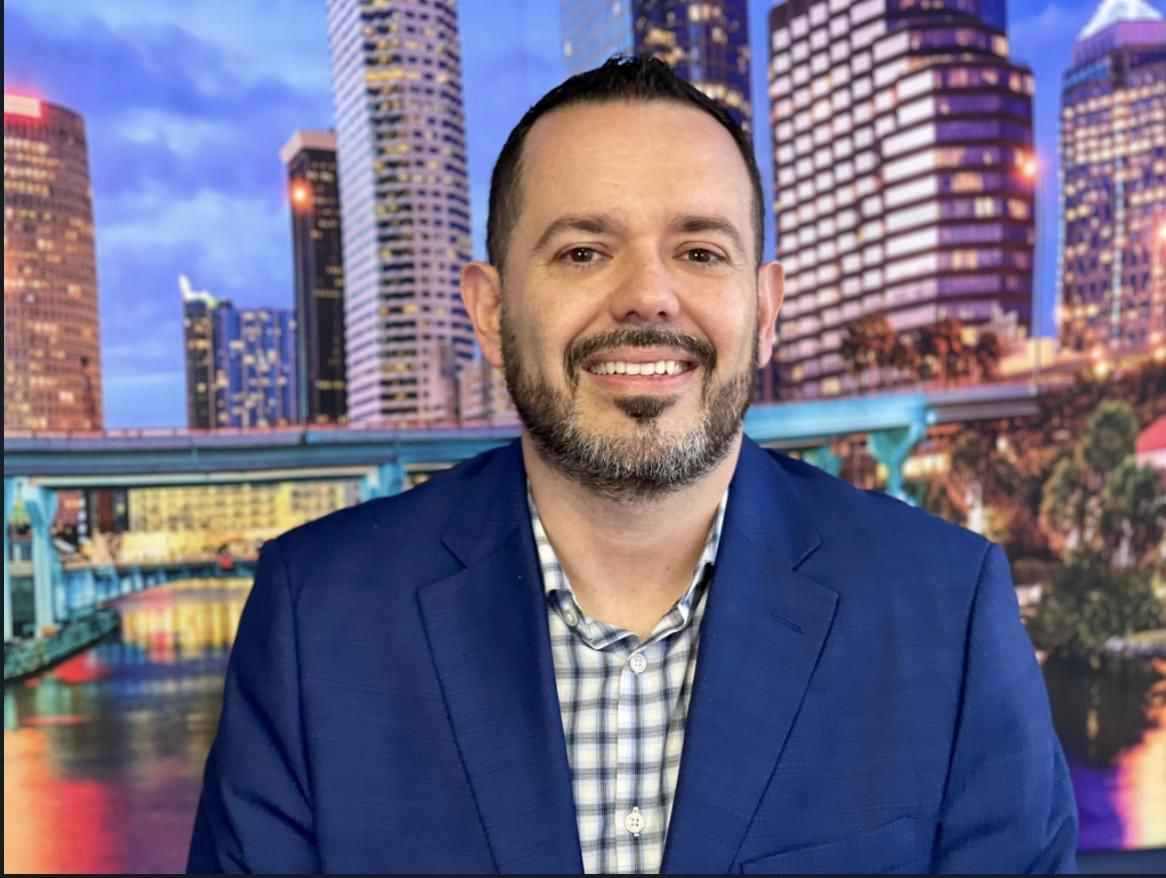
Can I Be a Lender with Minimum Cash?
Private lending is an exciting way to make your money work for you, but many people wonder: What is the minimum amount of cash needed to get started as a private lender? Whether you have $50,000, $100,000, or $150,000, the good news is that there are creative ways to become a lender without needing millions.
After investing for 20 years and funding countless deals, I’ve seen lenders succeed with different amounts of cash. While having more gives you flexibility, you can absolutely start small if you know your options. Let’s break down what you need and the strategies that can work with lower capital.
How Much Cash Do You Need to Be a Private Lender?
Generally, private lending starts to make sense when you have at least $50,000 to $100,000. This range allows you to participate in different types of deals while reducing the risk of having your entire investment tied up in one place. However, with the right approach, you can start lending with less or find ways to leverage your available cash for better returns.
Common Lending Strategies for Investors with Minimum Cash
Here are several lending strategies that work for investors who don’t have deep pockets but still want to put their money to work:
1. First Position Loan
This is the safest and most traditional lending strategy. You fund the entire purchase and/or rehab of a property and hold the first lien position. If the borrower defaults, you have the right to foreclose and take ownership of the property.
-
Recommended for those with $100,000 or more.
-
Lower risk because you control the property if things go wrong.
-
Returns typically range from 8% to 12% interest annually.
2. Gap Funding (Second Position Loan)
This is a higher-risk, higher-reward strategy. You fund a smaller portion of the deal—often repairs, closing costs, or part of the down payment—while another lender provides the primary financing.
-
Can start with as little as $10,000 to $30,000.
-
Returns can be 12% to 20% interest because of the risk.
-
Higher risk: If the primary lender forecloses, you could lose your entire investment.
3. Flat Fee + Profit Split (Repair Funding)
This is a hybrid approach for those willing to take on some risk for higher upside. You fund the repair costs for a flip and structure the deal to guarantee a minimum return (e.g., $15,000), but with the potential to split the profits (e.g., 50/50) if the flip is successful.
-
Ideal if you have $20,000 to $75,000.
-
Safety net with a minimum flat fee, plus potential profit-sharing upside.
-
Works well with experienced flippers.
4. Wrap-Around Mortgage + Second Position
This is a more advanced strategy but can be rewarding. You negotiate a wrap-around mortgage with a seller and then assign the contract to a borrower, while simultaneously lending in the second position for repairs or closing costs.
-
Requires about $30,000 to $100,000 depending on the deal.
-
You can earn upfront assignment fees and ongoing interest.
-
Higher complexity but allows you to structure multiple income streams from one deal.
5. Equity Sharing + Second Position Loan
Similar to the repair funding approach, you lend in the second position for repairs but also negotiate a share of the final profit when the property sells.
-
Suitable for $20,000 to $50,000 investments.
-
Combines interest payments with profit potential.
-
High reward but still carries second-position risk.
What’s the Safest Option with Minimum Cash?
If safety is your top concern and you’re working with the lower end of available capital (e.g., $50,000 to $100,000), first position loans are generally the best option. They give you control over the property if the borrower defaults.
If you have less cash or are willing to take more risk for higher returns, second position loans or repair funding deals can work—but they require more diligence and trust in the borrower.
Can You Lend with Less Than $50,000?
Yes, but it often involves:
-
Partnering with other lenders to combine funds for a first position loan.
-
Gap funding small repair costs for experienced flippers.
-
Participating in equity-sharing deals with trusted investors.
With smaller amounts, you should be extra cautious. Losing $20,000 when you only had $30,000 to start can be devastating. That’s why understanding the risks and knowing the borrower is critical.
Key Factors for Success as a Private Lender
Regardless of your starting amount, these factors can make or break your success as a private lender:
-
Know Your Borrower: Work with experienced investors you trust.
-
Understand the Deal: Ensure the numbers make sense and the borrower has a clear exit strategy.
-
Have a Backup Plan: If things go wrong, be prepared to foreclose or work out a new solution.
-
Start Small: Gain experience with smaller deals before committing larger sums.
Final Thoughts: Is Private Lending Right for You?
Private lending is not just for wealthy investors. With as little as $10,000 to $50,000, you can start participating in certain deals. However, your approach will depend on your risk tolerance and how hands-on you want to be.
First position loans remain the gold standard for safety, while second position, repair funding, and equity-sharing deals offer more upside but come with added risk. The key is to start slow, build relationships, and learn the ropes as you grow.
Keep it consistent, stay patient, stay true—if I did it, so can you! Ready to learn? Let me guide you at propertyprofitacademy.com – Jorge Vazquez, CEO of Graystone Investment Group & its subsidiary companies and Coach at Property Profit Academy
Pick your expert. Book your free 15-minute consult now. We are here to help!
Our Top Articles
What’s Needed to Remove a Squatter
Jorge Vazquez2025-08-06T02:12:31+00:00August 6th, 2025|Comments Off on What’s Needed to Remove a Squatter
“Nothing I Can Do”: What It Really Takes to Remove a Squatter in Florida Let me tell you a [...]
Are Five-Year ARM Loans Safe in 2025?
Jorge Vazquez2025-08-05T01:35:57+00:00August 5th, 2025|Comments Off on Are Five-Year ARM Loans Safe in 2025?
Are Five-Year ARM Loans Safe in 2025? By Jorge Vazquez, CEO of Graystone Investment Group Let’s be real—how many [...]
The Best Cash-Flowing Markets Are Not the Best BRRRR Markets
Jorge Vazquez2025-08-04T19:30:33+00:00August 4th, 2025|Comments Off on The Best Cash-Flowing Markets Are Not the Best BRRRR Markets
A new investor asked me this online today: “Jorge, what’s the best cash-flowing market for the BRRRR strategy?” I [...]
Property Profit Academy:
✔ Learn to buy properties with little to no money down.
✔ Build a $10M portfolio step by step.
✔ Master strategies like BRRRR and house hacking.








